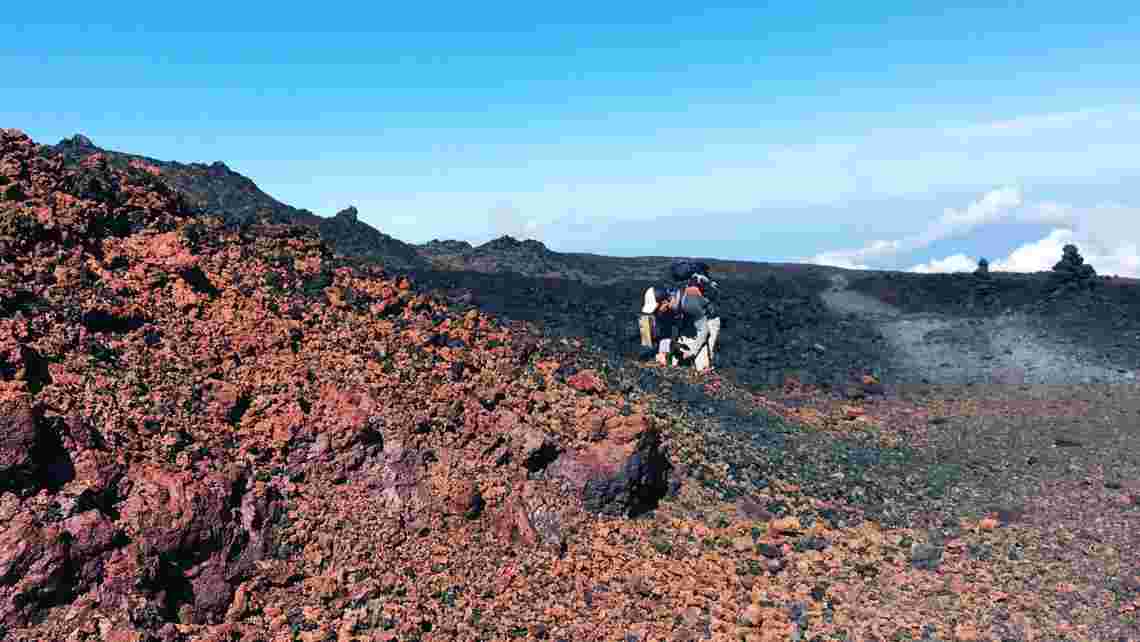
ACUTE INFLAMMATION IS A BURNING ILLNESS
When envisioning the acute inflammation, think of a burn, sunburn, a frostbite or an injury like a cut, an acute infections.... The title is meant literally indeed, the acute always feels hot!
At the beginning of this chapter for you to be aware of that these acute processes are self-limiting. An organism, fit and well, has as usually no problem to deal with acute events. Only massive traumas that need intensive care are a different story. Events of this kind jeopardize the balance of the organism and can lead to the so-called hyperinflammtory syndrome.
I'll talk about this later.


